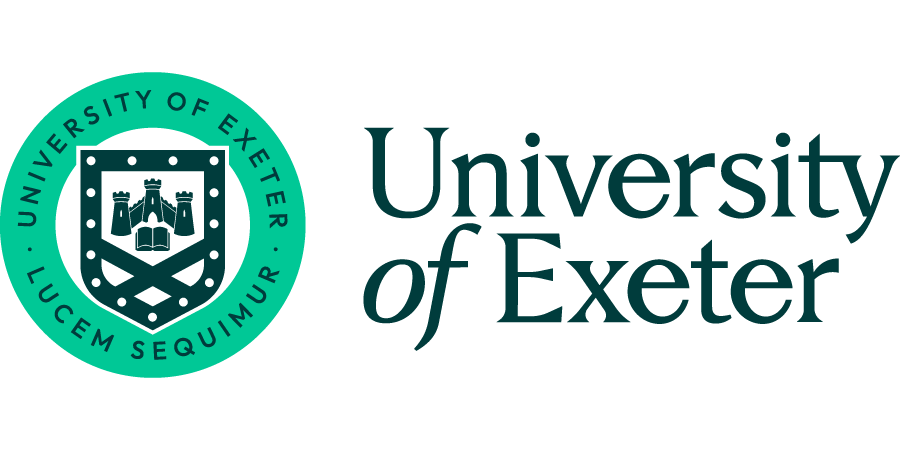PhD Studentship: PhD Physics/Engineering (Metamaterials) - Metasurfaces for mm-wave communications
University of Exeter - Physics and Astronomy
| Qualification Type: | PhD |
|---|---|
| Location: | Exeter |
| Funding for: | UK Students |
| Funding amount: | £20,780 The stipend will be paid at the UKRI rate (£20,780 from 1/10/25, expected to rise to £26,177 in year 4). There is an enhanced budget for project costs (including travel) of £20,000. |
| Hours: | Full Time |
| Placed On: | 17th July 2025 |
|---|---|
| Closes: | 15th August 2025 |
| Reference: | 5568 |
Summary
The University of Exeter’s Centre for Metamaterials Research and Innovation (CMRI) with UK Government partner Dstl, is inviting applications for a fully funded PhD studentship. The stipend will be paid at the UKRI rate (£20,780 from 1/10/25, expected to rise to £26,177 in year 4). There is an enhanced budget for project costs (including travel) of £20,000. The student will be based in the Department of Physics and Astronomy at the Streatham campus in Exeter. The UK Government has undertaken a assessment of the potential of metamaterials science and technology, which is available here.
Due to the nature of the applications of the research topic, there is potential that the PhD researcher may engage in collaborations that are sensitive. Therefore, applications are restricted to those that are able to gain security clearance and limited to UK Nationals only.
Research Proposal
In this research project you will design, build, and test a new set of ultra-thin, specially structured surfaces, exploring both the fundamental physics of electromagnetic materials and practical applications in 6G communications. The PhD is 4 years and funded by DSTL (Defence Science and Technology Laboratory), and you will undertake a mixture of experiment, theory, and numerical simulations in the department of physics at the University of Exeter.
The research question is how to effectively shape electromagnetic radiation when the wavelength reaches the mm scale. At lower frequencies it is common to use printed circuit antennas, which can be electronically switched between different radiation patterns and polarizations. Using these standard beam shaping techniques becomes challenging for mm waves, as all the circuit elements must scaled down to a comparable size or smaller. Our approach is to instead use so-called Huygen’s metasurfaces to shape the electromagnetic field. These are passive, specially structured (on the scale of hundreds of microns) ultra-thin surfaces that re-shape an incident electromagnetic wave without reflection.
Our previous work has only just reached the point where all the above elements have been successfully combined [1-2]: a working multi-scale design process combining theory and numerical simulations; reflectionless (Huygens’) metasurfaces; PCB manufacture; and mm-wave experimental testing. In this project you will take this capability further. You will design a suite of mm-wave Huygens’ metasurfaces that are closely aligned with the DSTL specified application, characterize the existing untested samples, and manufacture the most promising designs.
Advert information
Type / Role:
Subject Area(s):
Location(s):









